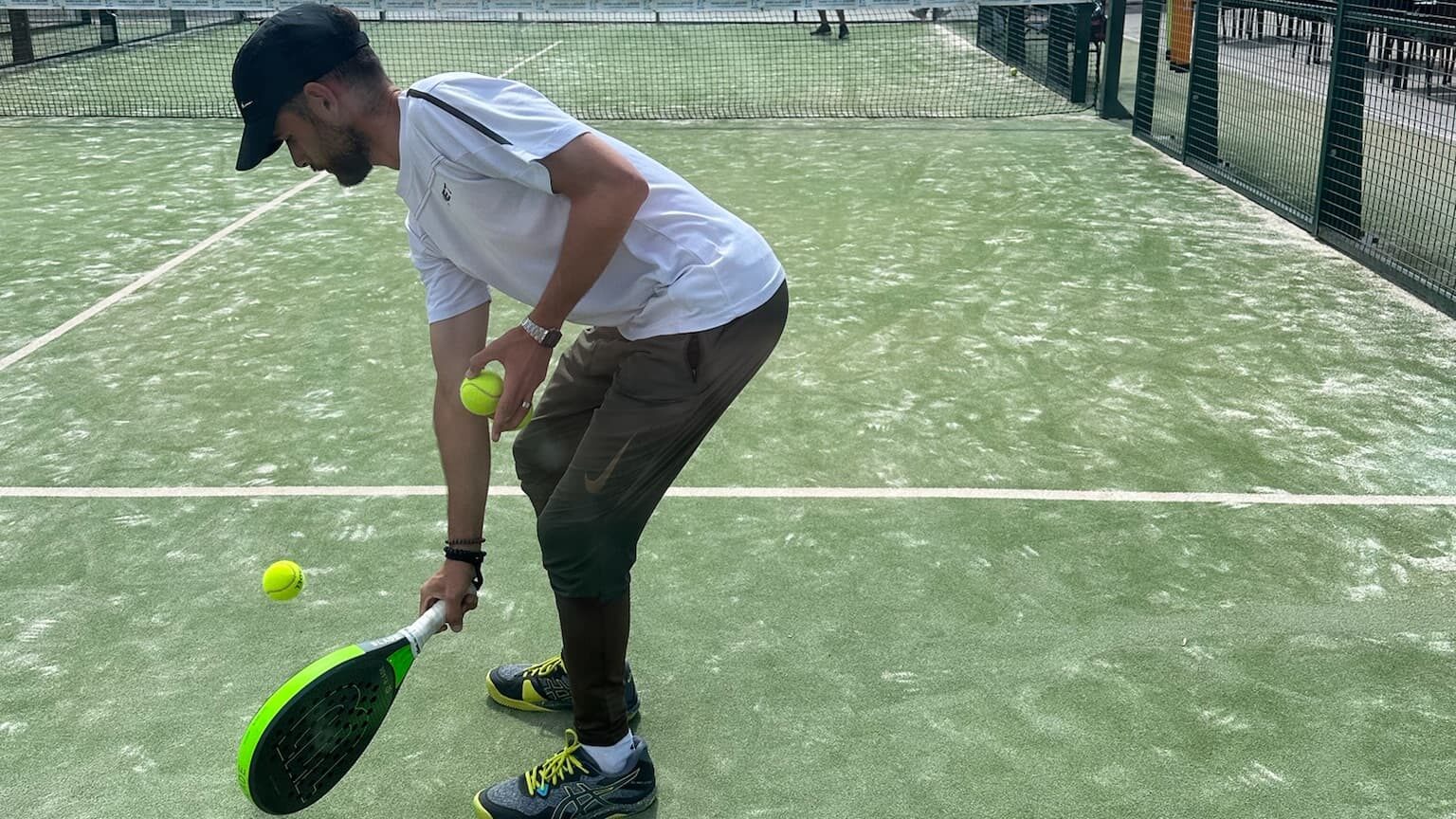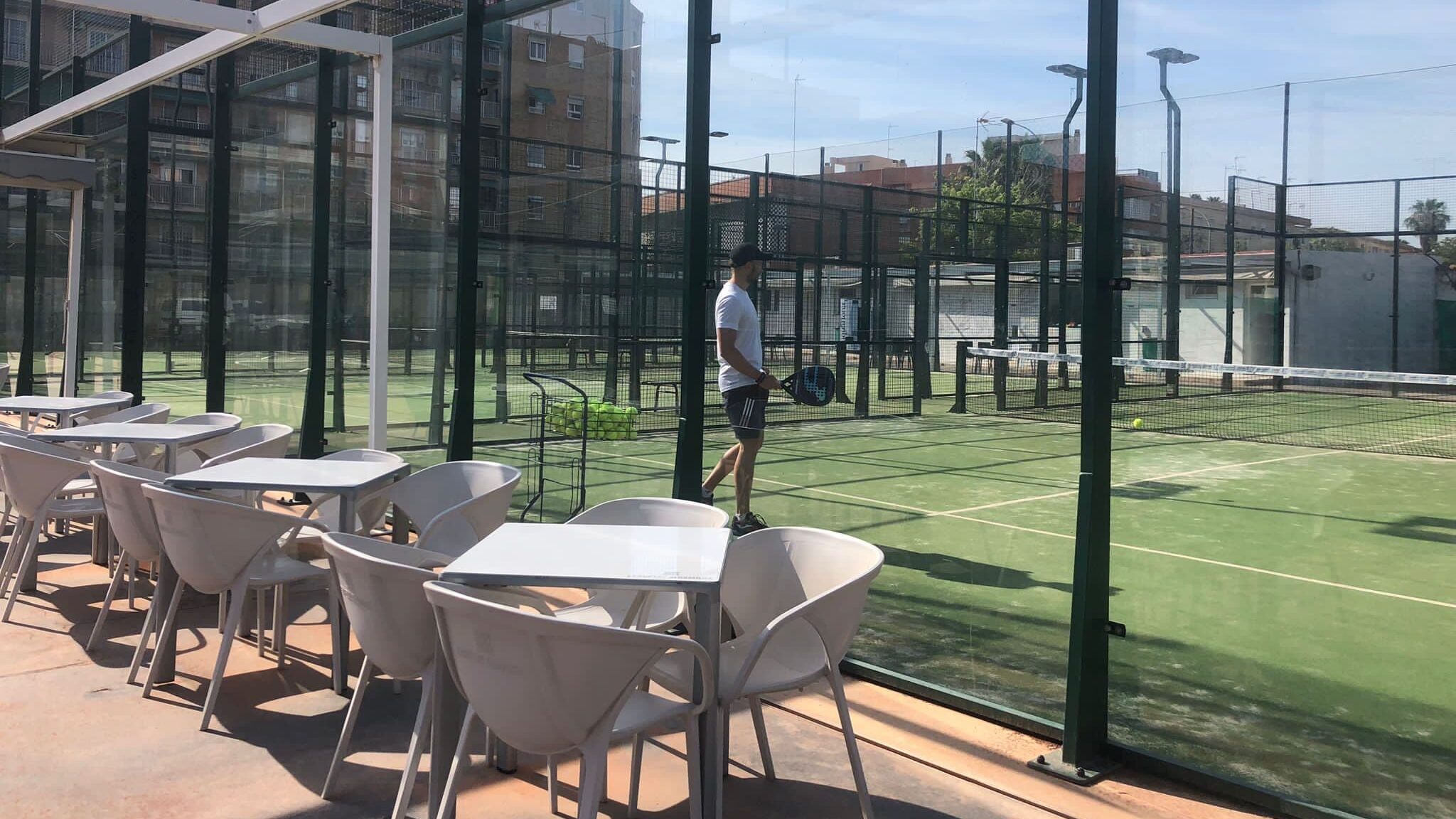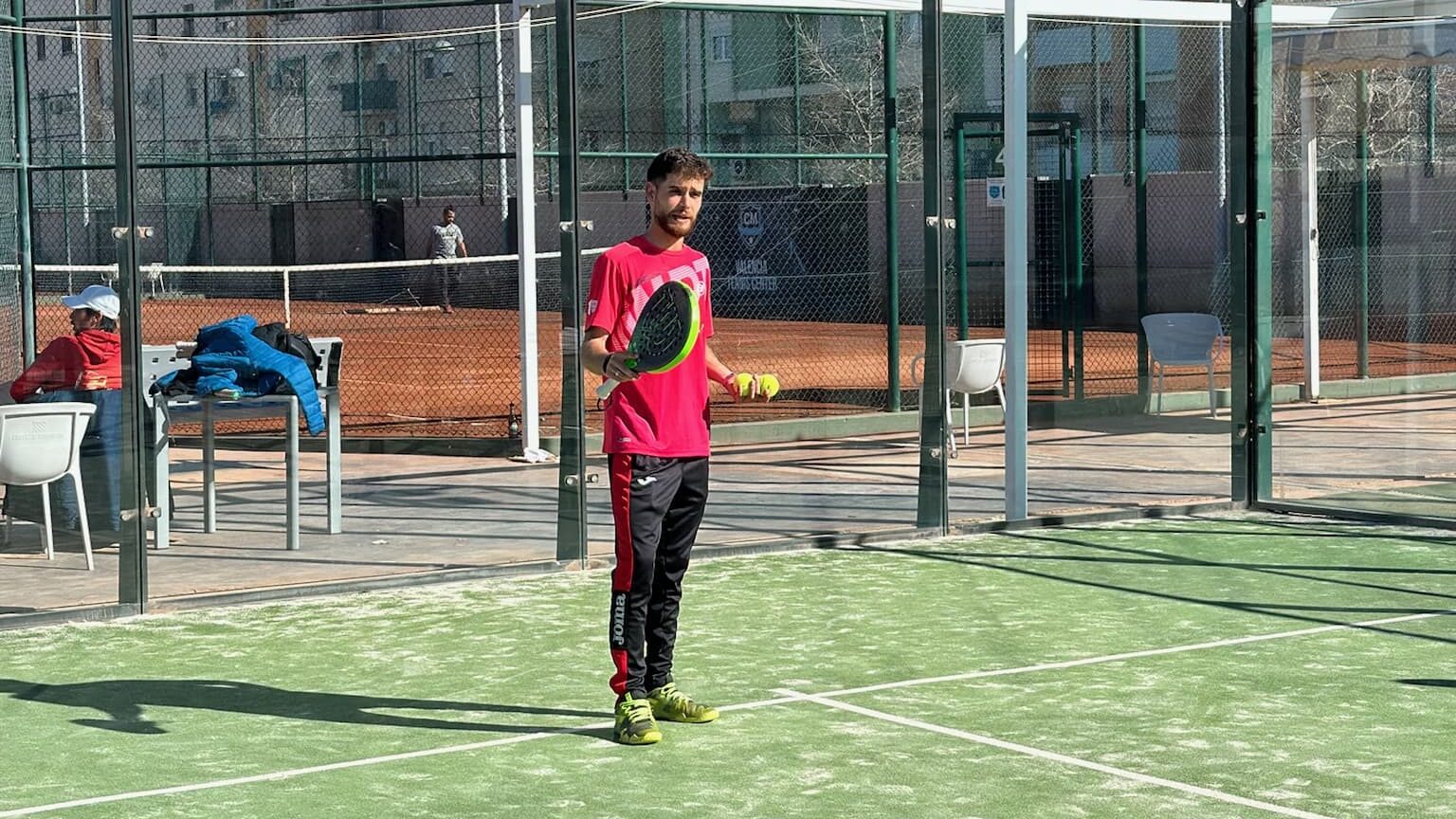Millions of people enjoy the racket sport known as “padel”. The sport combines aspects of squash and tennis to create a dynamic and accessible game. Originating in Mexico in the 1960s, padel is usually played on doubles on an enclosed court that is slightly smaller than a tennis court. The court is designed similarly to a squash court with glass walls and netting. Play involves smashes, volleys, and clever wall placement.
The basic principles of Padel are easy to understand. Like tennis, the ball must be served underhand and bounced once before being hit. The ball bounces off the wall, providing a strategic dimension similar to squash, and players can either bounce once or hit straight into the air. Tennis-style scoring is used in most matches, with two of the three sets being the best.
This article documents the rise of Padel’s popularity and development around the world. We will look at the origins of Padel, which has spread to many countries, and the factors that have contributed to its tremendous rise to become one of the fastest growing sports in the world.
historical background
Origin of Padel
Enrique Corcuera created Padel in Acapulco, Mexico in 1969. Corcuera customized squash to fit his home, building a small court surrounded by wire mesh and walls. He then combined elements of many racket sports to create a new game that prioritized talent and strategy over strength. Because of its sociable and fun nature, Padel quickly became popular among Corcuera’s friends and acquaintances.
The Spanish royal and businessman Alfonso de Hohenlohe, who was visiting Corcuera, Mexico, quickly became interested in the sport. Impressed by the potential of the game, De Hohenlohe brought padel to Spain by building the first two padel courts at his Marbella Club in 1974. Padel has since gained popularity in Spanish-speaking countries, especially in Argentina, where it has developed a passionate fan base.
Early adoption and growth in Spain
Padel was once a favorite pastime of the Spanish aristocracy, who valued social features and accessibility. In the 1980s, it began to spread outside of private clubs and gradually became more widely available. The establishment of public courts and local padel groups contributed to the rise of the sport, making it easier for people of all backgrounds to play.

In Spain, padel became a popular sport in the 1990s. The creation of the Spanish Padel Federation in 1991 provided a legal framework for the growth of the sport, standardizing rules and organizing tournaments. Padel groups emerged across the country, the sport was taught in classrooms, and became more deeply embedded in Spanish culture. The exciting, fast-paced gameplay and relatively low barriers to entry compared to other racket sports added to the sport’s broad appeal.
Spain is now considered the Padel World Center, home to an extensive network of courts and a vibrant community of players. As the sport grew in popularity in Spain, Padel federations and competitions were established around the world, contributing to the sport’s global expansion.
Factors contributing to global growth
The Influence of Spanish Athletes and Celebrities
Padel’s global popularity has grown significantly due to the endorsement of Spanish athletes and celebrities. Prominent individuals such as football players Lionel Messi and Cristiano Ronaldo, and former tennis player Rafael Nadal have publicly expressed their passion for Padel by participating in competitions and using social media to promote the sport. In addition to gaining media attention, their participation has motivated players to take up the game. Padel has become more well-known and has attracted a wider audience as celebrities have set up their own courts and competed in competitions.

The social aspect of Padel
Padel’s friendly nature and simplicity of learning have contributed to its rapid spread. Padel is very simple to learn and can be enjoyed by people of all ages and fitness levels, unlike many other sports that require significant skill development. Doubles matches are a fun social event because the format promotes social interaction, teamwork, and unity. Padel courts are a common sight in bars and recreation centers, fostering community and frequent social gatherings. Padel’s social appeal has expanded worldwide, especially among families, corporate teams, and groups of friends.
Institutional Support and Investment
Padel’s growth has been aided by significant institutional investment and support. Realizing the sport’s potential, sports organizations, private financial institutions, and local governments have invested in the development of padel infrastructure, including courts and training centers. Professional leagues such as the World Padel Tour have been established to provide elite players with a competitive playing field that attracts media attention and sponsorship. To make padel more accessible to a wider audience, local governments have also sponsored the sport by building community courts and incorporating them into public sports programs. This extensive support network has helped the sport grow professionally and at a grassroots level, contributing to its broad appeal.
Padel’s rise to global fame is the result of a combination of factors, including significant institutional investment, natural social appeal, and celebrity endorsements. These factors combined to transform Padel from a niche sport into a global phenomenon enjoyed by millions in many countries and regions.

Expanding beyond Spain
Growth in Europe
Padel continued to expand throughout Europe, with particular success in Italy, Sweden and France.
Appearance in non-European markets
Padel’s influence is being felt far beyond Europe, in the US, Australia and the UAE.
Padel’s global popularity is evident in its expansion beyond Spain to other European countries and non-European markets. The sport is gaining popularity worldwide due to its inherent social and accessible nature, institutional support and strategic investment.
The role of international organizations
International Paddle Federation (FIP)
An integral part of Padel’s global development and marketing is the International Padel Federation (FIP). Founded in 1991, the FIP is the regulatory body responsible for harmonizing the sport’s rules to ensure uniformity and fairness in game play across the country. The Federation’s key achievements include:
Federation of Nations
Within each country, the National Federation is essential to the formalization and fundamental growth of Padel. Their efforts are focused on strengthening the foundations of the sport, focusing on five key areas:
The collaborative efforts of the International Paddlers Federation and the National Federations have enabled the organizational development and globalization of Paddlers. These organizations enforce uniform regulations, hold competitions, and provide extensive development initiatives, ensuring the continued success of Paddlers as a popular and professionally run sport worldwide.
Challenges and Opportunities
Regulatory Tasks
Padel’s international growth has been largely without challenges, particularly with regard to facility regulations, official status in new markets and recognition of the sport.
Market Opportunity
Despite these obstacles, Padel sees plenty of room for growth, especially among sports equipment manufacturers and in new markets.
Padel’s globalization goals are not without regulatory hurdles, but there are many opportunities for growth and development. Padel can maintain its position as one of the fastest-growing sports globally by carefully addressing these challenges and capitalizing on market opportunities.

Future outlook
Integrate into multi-sport events
Padel’s participation in a major multi-sport event such as the Olympics or Commonwealth Games would be a significant milestone for the sport, increasing its visibility and legitimacy worldwide.
Technological innovation
Advances in technology have had a significant impact on the accessibility and popularity of padel, potentially making the sport more appealing and enjoyable for players of all levels.
Padel’s prospects are bright, with significant potential for growth and development as it integrates into major multisport events and adopts technological innovations. Padel can further solidify its position as a dynamic and globally popular sport by expanding its reach and embracing new technologies.
Pedaling, which began as a backyard hobby in Mexico, has grown into one of the fastest-growing sports in the world. Since gaining popularity in Spain, the sport has expanded across Europe and beyond, attracting players from places as diverse as the United States, Australia, and the United Arab Emirates. The support of high-profile players and celebrities, the social and accessible aspect, and significant institutional support and investment are the main drivers of its growth.
The International Padel Federation (FIP) and other national federations have played a key role in the growth of the sport, investing countless hours to create the necessary infrastructure, coordinate competitions, and establish rules. The growth of padel has continued despite regulatory obstacles, thanks to the sport’s inherent appeal and calculated attempts to overcome them.
Padel is very likely to participate in large-scale multi-sport events such as the Olympics and Commonwealth Games in the future, which will further increase its reputation and attract a global audience. Technological advancements in facility structures, digital interaction, and equipment are expected to improve the player experience and increase accessibility and enjoyment of the sport.
Padel has evolved from a local innovation to a rapidly expanding international sport thanks to its unique charm and the dedication of its supporters. As it continues to evolve and grow, Padel is poised to become more popular, reach new heights, and attract a vibrant and diverse player and fan base worldwide.






